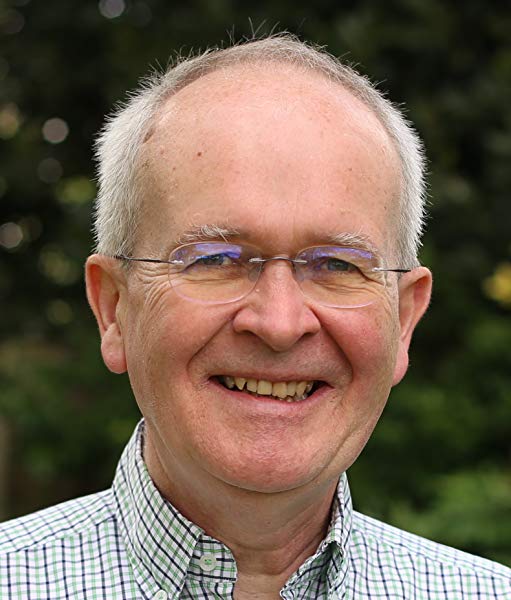Randy White’s latest article on ambiguity and uncertainty as factors of the leadership equation appears in the April issue of CLO Magazine.
Uncertainty is constant and as a co-author of the book Relax. It’s Only Uncertainty and the assessment instrument The Ambiguity Architect, Randy has made the subject a key component of our curriculum and coaching practice.
The ability to confront, navigate and benefit from ambiguity, while bringing others along, is a vital and measurable trait of leadership.
Colleagues in uncertainty
For “Uncertainty: Learning’s Final Frontier,” Randy reached out to his friends and colleagues, George Binney and Cheryl Stokes to get fresh perspectives on the topic.
George, based in London, is a seasoned leadership consultant who has worked with the National Institute for Health Research, McKinsey and various international corporations. He is co-author of the new book, Breaking Free of Bonkers: How To Lead In Today’s Crazy World Of Organizations.
Cheryl is a partner with the Heidrick & Struggles who has worked with and advised Coca-Cola, General Motors and Alcoa among other brands, as well as being a former colleague of Randy’s at Duke Corporate Education.
George and Cheryl both bring some fresh perspectives and prescriptions for improving how organizations deal with uncertainty.
George observes that while uncertainty causes chaos, imposing order is not the answer. Rather, he describes a need for thinking spaces within organizations for collaborative conversations that are less constrained by schedules and plans. In fact, “too many plans” is part of the problem!
“How do we feel about the uncertainty…what would help us deal better with it?” says George. “Let the response come from that rather than putting a lot of idealistic things on the wall rather than taking it out of work. Don’t talk about how people OUGHT to be dealing with uncertainty but rather how they are actually dealing with it.”
Cheryl sees the path forward in simplicity. In the VUCA environment, she considers the “c” from the acronym—complexity—as a key to addressing uncertainty.
“In my experience it’s not just the uncertainty in the world, but it’s the complexity — we’re at a tipping point in terms of the degree of complexity that leaders and organizations face today,” says Cheryl.
Making organizations less complex is a step toward simplicity and— according to Cheryl’s work with corporations like GM—a proven way to improve performance.
Read “Uncertainty: Learning’s Final Frontier,” here and please share your thoughts with us. Let us know how we can help your organization make the most from an ambiguous environment.




